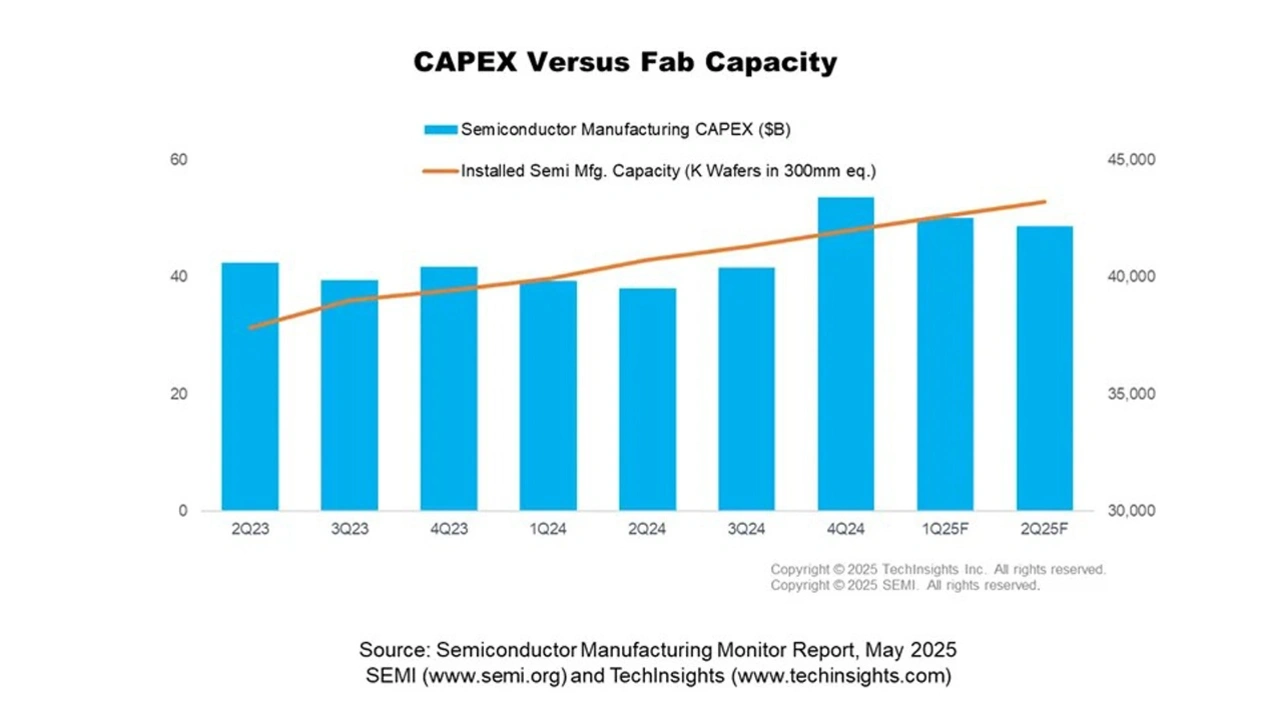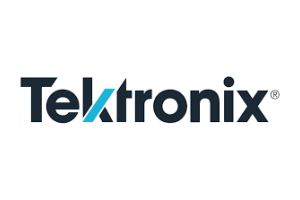Demand for AI ICs remains high
Tariffs Cause atypical IC Market Fluctuations
With looming tariff threats and evolving supply chain strategies the semiconductor manufacturing industry faces atypical seasonality for several industry segments as the year progresses.
Demand for AI and Data Center Technologies Remains Positive, while other segments may experience delayed investment or demand shifts. According to the Q1 2025 Semiconductor Manufacturing Monitor (SMM) Report, released by SEMI in collaboration with TechInsights, the global semiconductor manufacturing industry entered 2025 with typical seasonal patterns.
Despite heightened trade policy risks, current data indicate that electronics and integrated circuit (IC) sales have not been directly impacted by the newly announced tariffs. Electronics sales declined 16% quarter-over-quarter (QoQ) in Q1 2025 and remained flat year-over-year (YoY), consistent with traditional seasonal patterns. IC sales contracted by 2% QoQ but posted a robust 23% YoY increase, reflecting ongoing investment in AI and high-performance computing infrastructure.

»The uncertainty around global trade policies is prompting some companies to accelerate shipments and others to pause investments«, said Clark Tseng, Senior Director of Market Intelligence at SEMI. »This push-pull dynamic could lead to atypical seasonality for the remainder of the year as the industry adapts to shifting supply chain and tariff landscapes.«
Semiconductor capital expenditures (CapEx) declined 7% QoQ but surged 27% YoY, as manufacturers continued to invest heavily in leading-edge logic, high-bandwidth memory (HBM) and advanced packaging to support AI-driven applications. Memory-related CapEx soared 57% YoY in Q1 2025, while non-memory CapEx expanded by 15% YoY, underscoring the industry’s focus on innovation and resilience.
Wafer fab equipment (WFE) spending rose 19% year-over-year in Q1 2025 and is projected to increase another 12% in Q2, driven by strong investments in advanced logic and memory production to support the rapid adoption of AI semiconductors. Test equipment billings surged 56% year-over-year in Q1 and are expected to grow by 53% in Q2, reflecting the heightened complexity and stringent performance requirements of AI and HBM chip testing. Assembly and packaging equipment also registered double-digit growth, benefiting from the industry’s push toward higher-density integration and advanced packaging solutions.
»The WFE market is poised for steady growth driven by government investments and semiconductor advancements, particularly in AI and emerging technologies«, said Boris Metodiev, Director of Market Analysis at TechInsights. »However, geopolitical uncertainties, including export restrictions and potential tariffs, pose significant risks that could impact this positive trajectory.«
Aligned with the growth in capital equipment investments, global installed wafer fab capacity is on the rise and is projected to surpass 42.5 million wafers per quarter (in 300mm wafer equivalents), reflecting a 2% QoQ and 7% YoY increase in Q1 2025. China continues to lead all regions in capacity expansion, though the pace of growth is expected to moderate in the coming quarters. Notably, Japan and Taiwan are experiencing the strongest quarterly capacity gains, driven by significant investments in power semiconductor manufacturing in Japan and the ramp-up of a leading-edge foundry in Taiwan.





